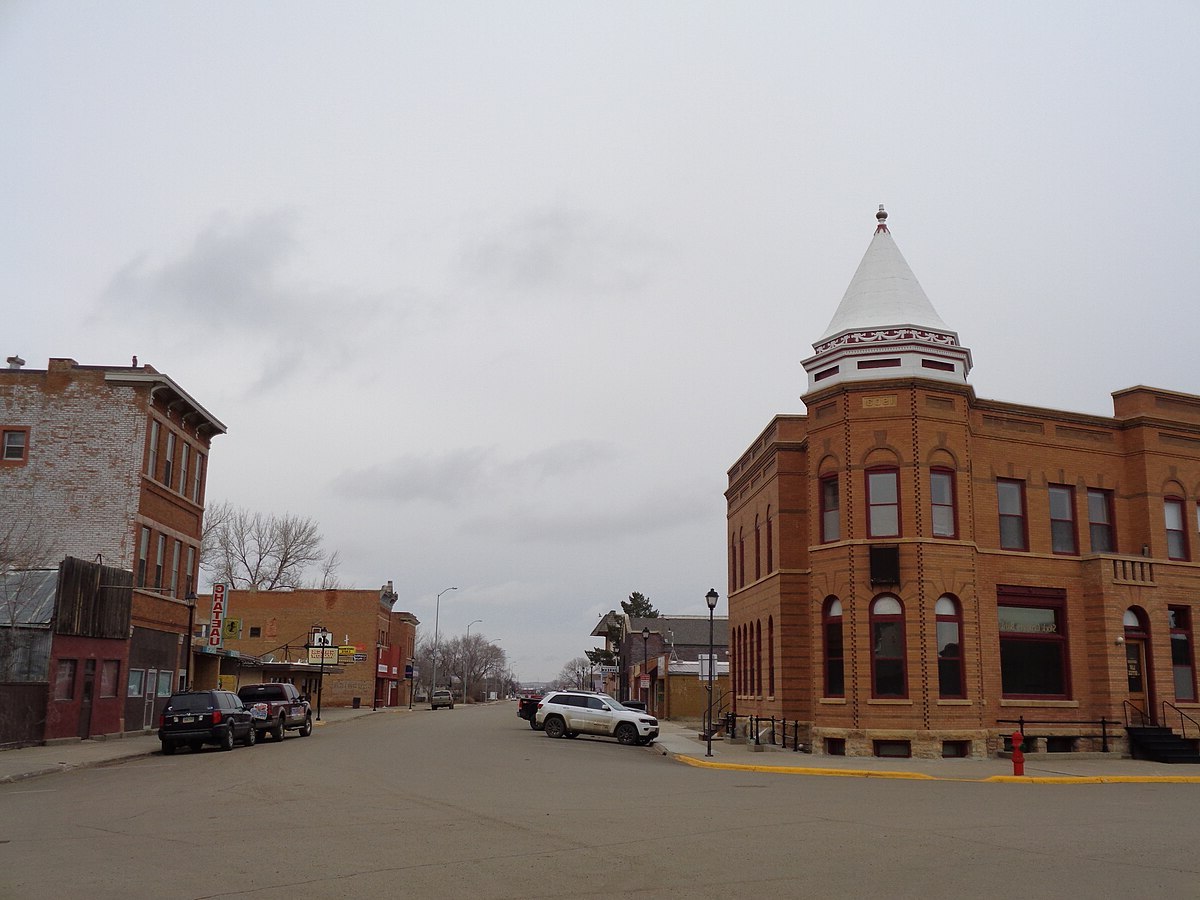Mysteries Of South Dakota’s Lost Fort Paths

Have you ever wondered about the hidden stories behind South Dakota's lost forts? These historic sites offer a glimpse into the past, revealing tales of exploration, conflict, and survival. From Fort Pierre to Fort Randall, each location has its own unique history waiting to be uncovered. Imagine walking through these ancient grounds, feeling the echoes of soldiers and settlers who once called them home. Whether you're a history buff or just looking for a new adventure, exploring these forgotten forts can be a fascinating journey. Let's dive into the mysteries and legends that make South Dakota's lost forts so intriguing.
Uncovering South Dakota's Hidden Forts
South Dakota is home to many historical sites, but some of its most intriguing are the lost forts. These forts, often hidden in plain sight, offer a glimpse into the past. Let's explore some of these fascinating locations.
Fort Pierre Chouteau
Fort Pierre Chouteau, located near the Missouri River, was a bustling trading post in the 19th century. It played a crucial role in the fur trade and interactions with Native American tribes.
- Fort Pierre Chouteau: This site, now a National Historic Landmark, offers a peek into the fur trade era. Visitors can see remnants of the old fort and learn about its history through informative plaques.
Fort Sisseton
Fort Sisseton, nestled in the Coteau des Prairies, is a well-preserved military outpost from the mid-1800s. It served as a defense post during the Indian Wars.
- Fort Sisseton: This state park features original buildings, including officers' quarters and barracks. The annual Fort Sisseton Historical Festival brings the fort's history to life with reenactments and demonstrations.
Fort Randall
Fort Randall, situated along the Missouri River, was established to protect settlers and maintain peace with Native American tribes. Its ruins tell tales of frontier life and military strategy.
- Fort Randall: The site includes the remains of the fort's chapel and other structures. Interpretive signs provide insights into the daily lives of soldiers stationed there.
Fort Meade
Fort Meade, near Sturgis, was built to protect settlers and gold miners in the Black Hills. It later became a key military training site.
- Fort Meade: Today, it houses a museum with exhibits on the fort's history and its role in the Indian Wars. The nearby Black Hills National Cemetery is a poignant reminder of the soldiers who served there.
Fort Thompson
Fort Thompson, located on the Crow Creek Indian Reservation, has a rich history tied to the Dakota War of 1862 and the subsequent relocation of Native American tribes.
- Fort Thompson: Visitors can explore the area and learn about the fort's impact on the local community. The nearby Big Bend Dam offers recreational opportunities and stunning views.
Fort Sully
Fort Sully, established to protect settlers and facilitate westward expansion, played a significant role during the Indian Wars. Its strategic location made it a key military post.
- Fort Sully: Though little remains of the original fort, the site is marked by a historical plaque. The surrounding area offers hiking trails and scenic views of the Missouri River.
Fort Bennett
Fort Bennett, once a bustling military post, now lies in ruins. It served as a supply depot and communication hub during the Indian Wars.
- Fort Bennett: The site is marked by a historical marker, and visitors can explore the area to get a sense of its past significance. The nearby town of Mobridge offers additional historical attractions.
Fort Wadsworth
Fort Wadsworth, located in the northeastern part of the state, was established to protect settlers and maintain peace with Native American tribes.
- Fort Wadsworth: The fort's remains include earthworks and building foundations. Interpretive signs provide information about the fort's history and its role in the region.
Fort Thompson Military Reservation
Fort Thompson Military Reservation, not to be confused with Fort Thompson, was a key military installation during the Indian Wars. It played a crucial role in maintaining peace and order.
- Fort Thompson Military Reservation: The site offers a glimpse into military life during the 19th century. Visitors can explore the area and learn about the fort's history through informational displays.
Fort Pierre
Fort Pierre, one of the oldest settlements in South Dakota, has a rich history tied to the fur trade and westward expansion. Its strategic location made it a key trading post.
- Fort Pierre: The site includes a reconstructed fort and a museum with exhibits on the area's history. Visitors can also explore the nearby Verendrye Monument, which commemorates the first European explorers to visit the region.
Discovering South Dakota's Hidden Forts
South Dakota's lost fort paths offer a unique glimpse into the past. Exploring these trails, you can uncover stories of early settlers, Native American tribes, and military history. Each fort has its own tale, from Fort Pierre Chouteau's bustling trade post to Fort Randall's strategic military importance. Walking these paths, you feel connected to the history that shaped the region.
Don't miss the chance to visit these hidden gems. They provide not only a historical journey but also stunning landscapes and wildlife. Whether you're a history buff or just love the outdoors, South Dakota's forts have something for everyone. Pack your hiking boots, grab a map, and set out on an adventure through time. These trails are waiting to be explored, offering a rich tapestry of stories and experiences.

